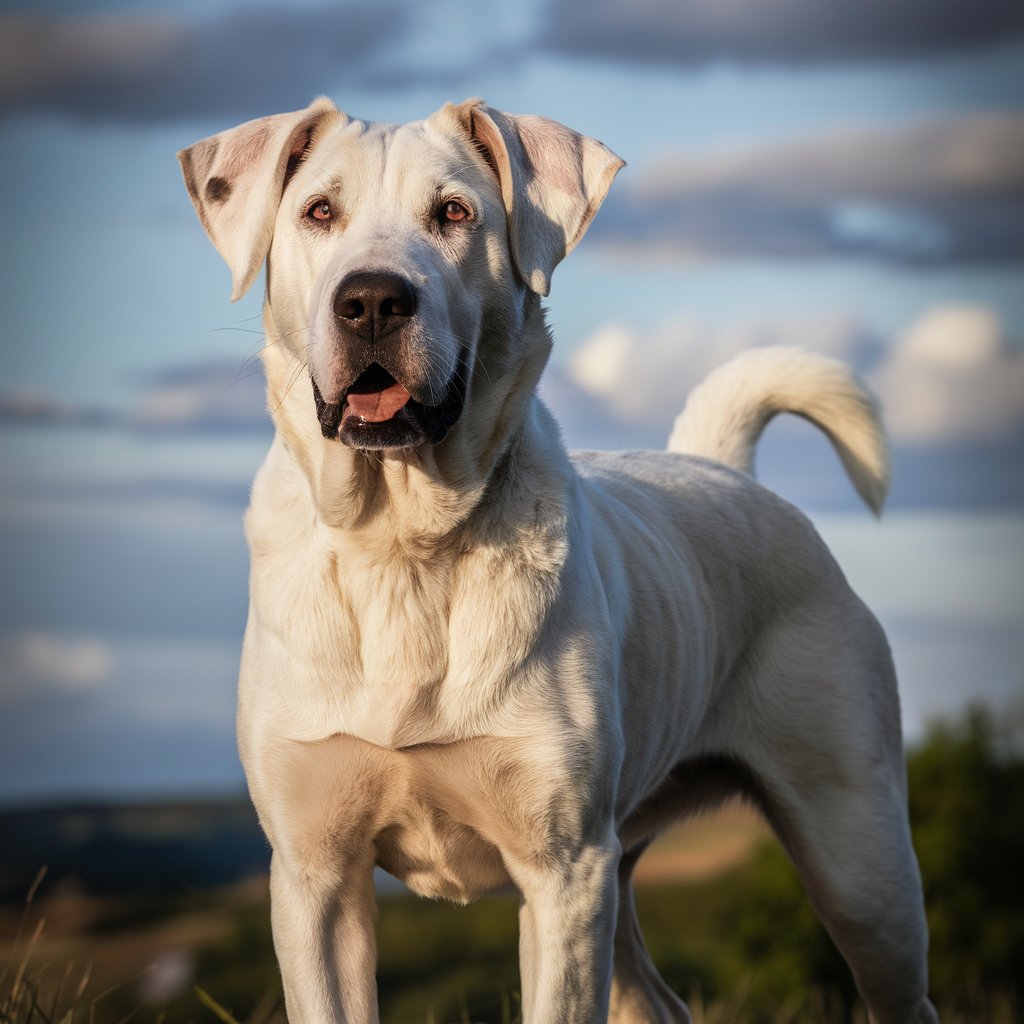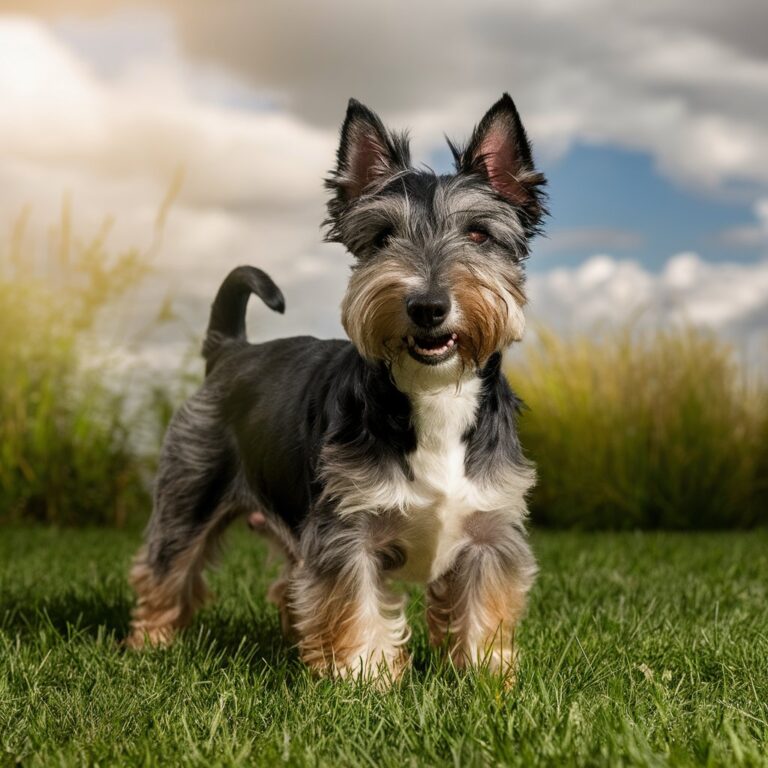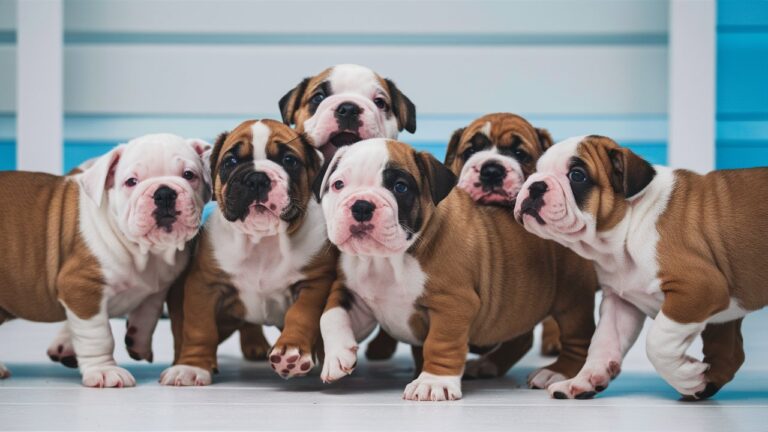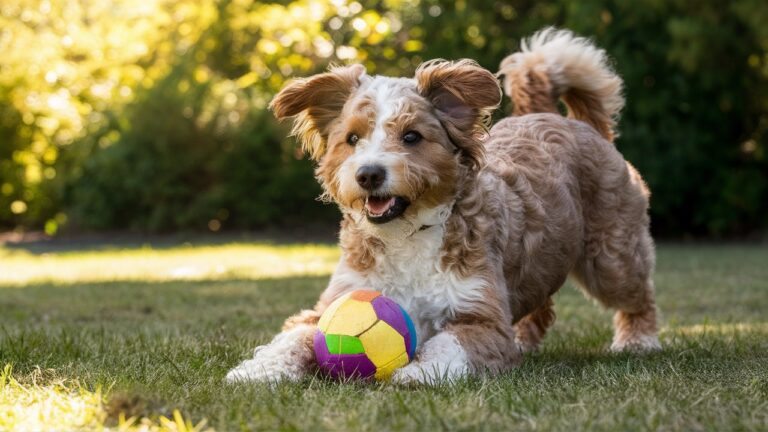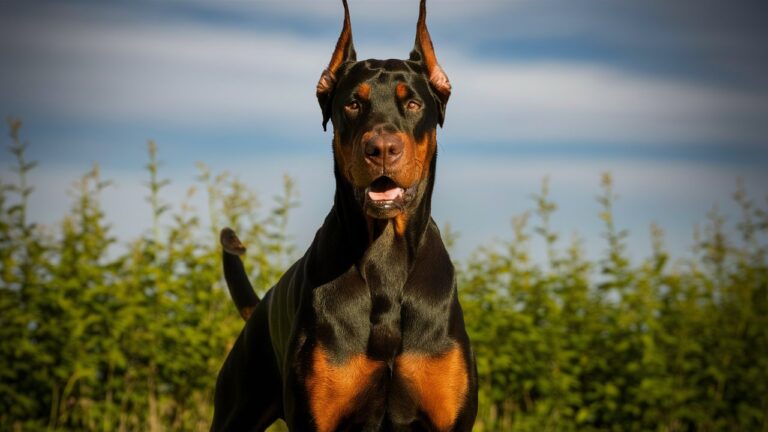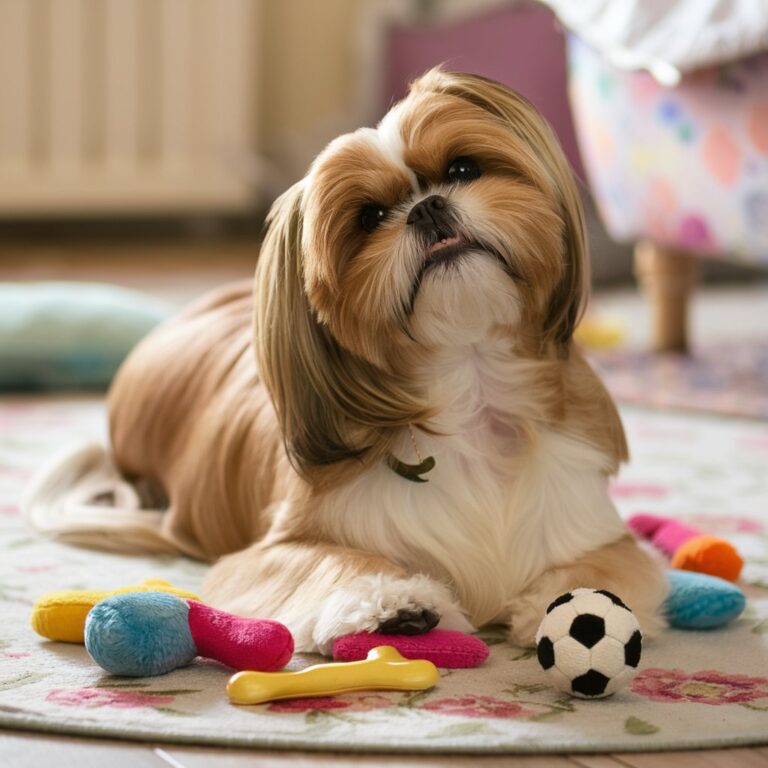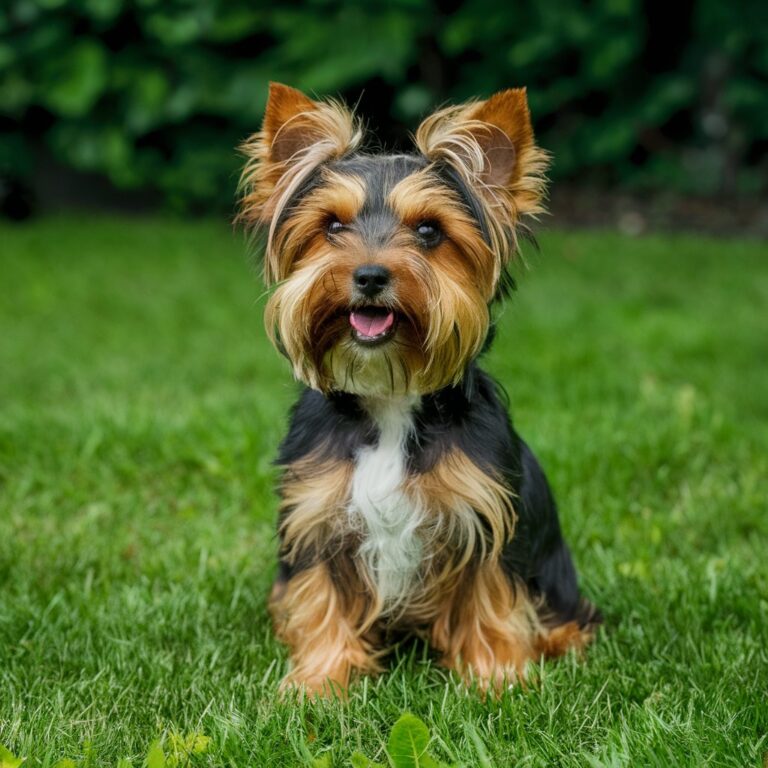Komondors Guide: 6 Essential Information and Key Insights
The Komondor, often referred to as the Hungarian Sheepdog, is a breed that stands out with its distinctive corded coat and imposing presence. Known for its protective instincts and independent nature, the Komondor has a rich history as a livestock guardian. In this comprehensive guide, we will explore the history, characteristics, grooming needs, health considerations, and personal anecdotes to provide a thorough understanding of this remarkable breed.
History and Origin
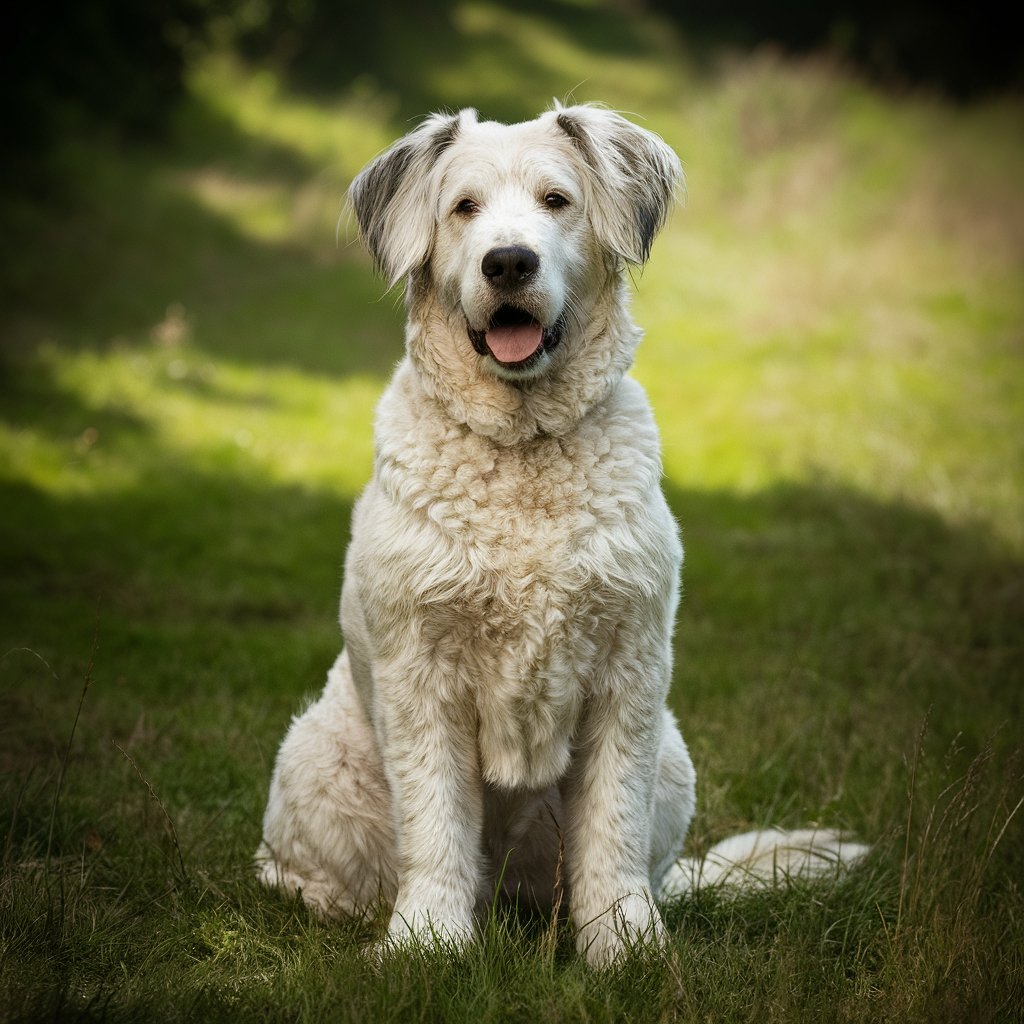
The Komondor is an ancient breed that has been used for centuries in Hungary to guard livestock. The breed is believed to have descended from dogs brought to Hungary by the Cumans, a nomadic people who settled in the region in the 12th century. The Komondor’s primary role was to protect sheep from predators such as wolves and bears, a task at which it excelled due to its size, strength, and fearless nature.
The breed’s unique coat, which resembles dreadlocks, provides excellent protection against harsh weather and potential attacks. The cords form naturally as the dog matures, creating a protective barrier that is both functional and visually striking.
Characteristics and Temperament
Physical Appearance
Komondors are large, muscular dogs with a distinctive appearance. Males typically weigh between 110 to 130 pounds, while females weigh between 80 to 100 pounds. Their height ranges from 25.5 to 27.5 inches for females and 27.5 to 31.5 inches for males. The most notable feature of the Komondor is its corded coat, which can grow to over 10 inches in length. The coat is usually white, which helps the dog blend in with the flock it guards.
Personality
Komondors are known for their independent and protective nature. They are loyal and devoted to their families, often forming strong bonds with their owners. However, their guarding instincts can make them wary of strangers and other animals. Early socialization and training are crucial to ensure that they are well-adjusted and can differentiate between friend and foe.
Despite their serious demeanor, Komondors can be affectionate and gentle with their family members. They are intelligent and capable dogs that require mental and physical stimulation to prevent boredom and destructive behavior.
Grooming and Maintenance
Coat Care
The Komondor’s coat requires unique grooming techniques to maintain its health and appearance. The cords form naturally as the puppy’s soft, fluffy coat transitions into the adult coat. This process can take up to two years and requires regular maintenance to prevent matting and tangling.
Cord Formation and Maintenance
- Separation: As the cords form, they need to be regularly separated by hand to prevent them from merging into large mats. This process, known as “cording,” involves gently pulling apart the cords from the base to the tip.
- Bathing: Bathing a Komondor can be a challenging task due to the thickness of the cords. It is recommended to bathe them only when necessary, using a mild dog shampoo. Thorough rinsing is crucial to remove all soap residues, and drying can take several hours to a full day. A high-velocity dryer can help speed up the drying process.
- Regular Checks: Owners should regularly check for dirt, debris, and signs of skin irritation. Keeping the cords clean and dry is essential to prevent infections and other skin issues.
Exercise and Activity
Despite their size and guarding instincts, Komondors are not excessively active dogs. They do require regular exercise to maintain their physical health, but they are generally content with moderate activity levels. Daily walks and playtime in a secure area are sufficient to keep them happy and healthy. Given their protective nature, they thrive in environments where they have a job to do, such as guarding property or livestock.
Health Considerations
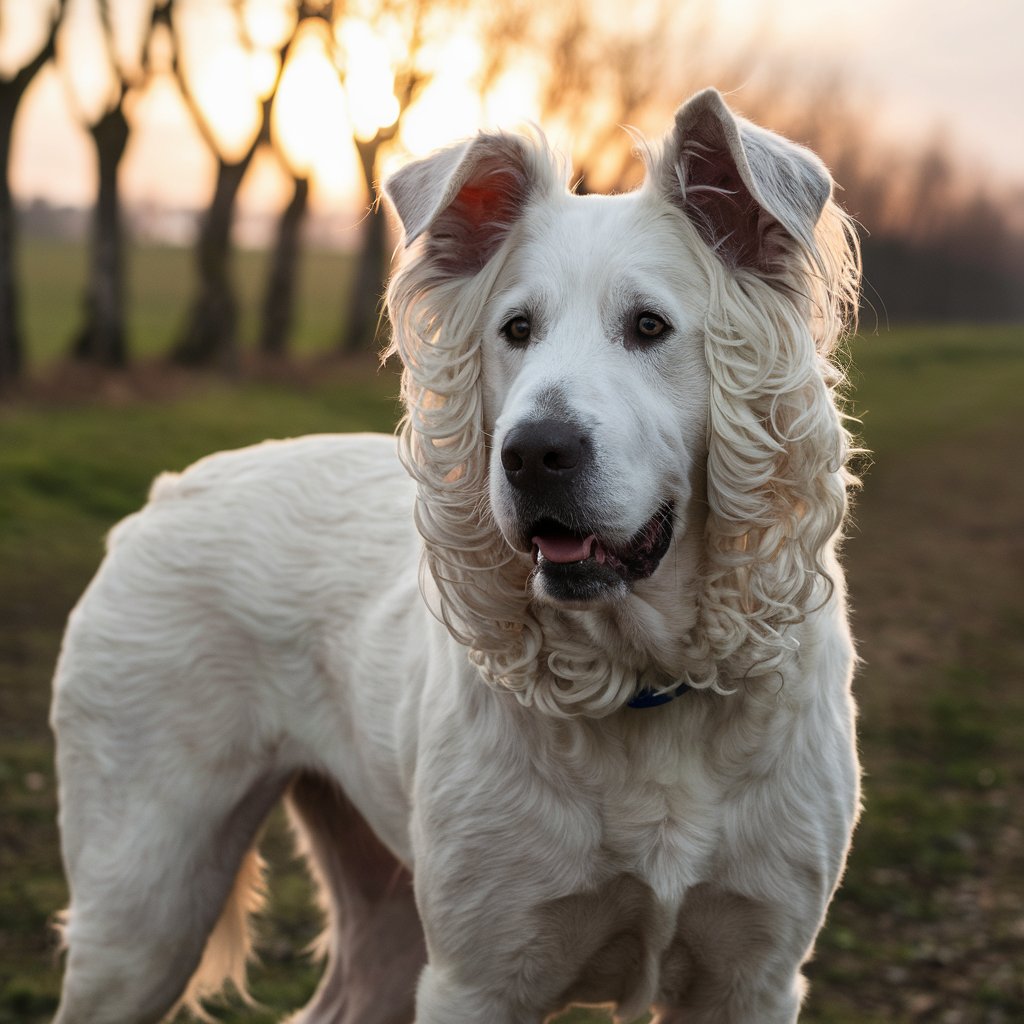
Common Health Issues
Komondors are generally healthy dogs, but like all breeds, they are prone to certain health issues. Some of the common health concerns include:
- Hip Dysplasia: This genetic condition affects the hip joints and can lead to arthritis and mobility issues. Regular veterinary check-ups and maintaining a healthy weight can help manage this condition.
- Bloat (Gastric Torsion): This life-threatening condition occurs when the stomach twists, trapping gas and cutting off blood flow. Preventive measures include feeding smaller, more frequent meals and avoiding vigorous exercise immediately after eating.
- Eye Problems: Komondors can be prone to various eye issues, including cataracts and progressive retinal atrophy (PRA). Regular eye exams can help detect and manage these conditions early.
- Skin Infections: Due to their heavy, corded coats, Komondors can be susceptible to skin infections if their coats are not properly maintained. Regular grooming and checks are essential to prevent these issues.
Preventive Care
Routine veterinary care, a balanced diet, and regular exercise are crucial for maintaining the health of a Komondor. Vaccinations, dental care, and parasite prevention should be part of their regular healthcare routine. Owners should also be vigilant about any changes in their dog’s behavior or health and seek veterinary advice when needed.
Personal Anecdote: Life with a Komondor
Allow me to share a personal story about my experience with my Komondor, Max. Max came into our lives as a fluffy, energetic puppy, and it was clear from the start that he was a unique character.
One of the most memorable moments with Max was during his first winter with us. His corded coat provided excellent insulation against the cold, and he loved playing in the snow. Watching him bound through snowdrifts with his cords flapping behind him was a sight to behold. His protective instincts were evident even as a young dog. Whenever someone approached our property, he would position himself between us and the perceived threat, standing tall and alert.
Grooming Max was a learning experience. His cords required regular attention to keep them clean and free of mats. We developed a routine that involved weekly sessions of cord separation and occasional baths. Despite the effort involved, grooming sessions became a bonding time for us. Max would sit patiently, enjoying the attention and the gentle hands-on care.
Max’s loyalty and affection were unmatched. He had a keen sense of when someone in the family needed comfort and would sit by their side, offering silent support. His presence brought immense joy and a sense of security to our home. Despite his serious demeanor, he had a playful side and would often engage in games of fetch and tug-of-war with the children.
Training Tips
Training a Komondor requires patience, consistency, and a deep understanding of the breed’s instincts. Here are some tips to help with training:
- Start Early: Begin training and socialization early to establish good habits and prevent behavioral issues. Expose your Komondor to different environments, people, and other animals to help them become well-rounded and confident.
- Positive Reinforcement: Use treats, praise, and play to reward good behavior. Komondors respond well to positive reinforcement and can be resistant to harsh training methods.
- Consistency: Be consistent with commands and rules. This helps your Komondor understand what is expected of them.
- Patience: Training a Komondor requires patienchttps://www.hillspet.com/dog-care/dog-breeds/komondore, especially with housebreaking. Be persistent and patient, and avoid punishment-based training methods.
- Mental Stimulation: Provide mental stimulation through interactive toys, puzzle feeders, and training exercises. Komondors are intelligent dogs that need to be challenged to prevent boredom.
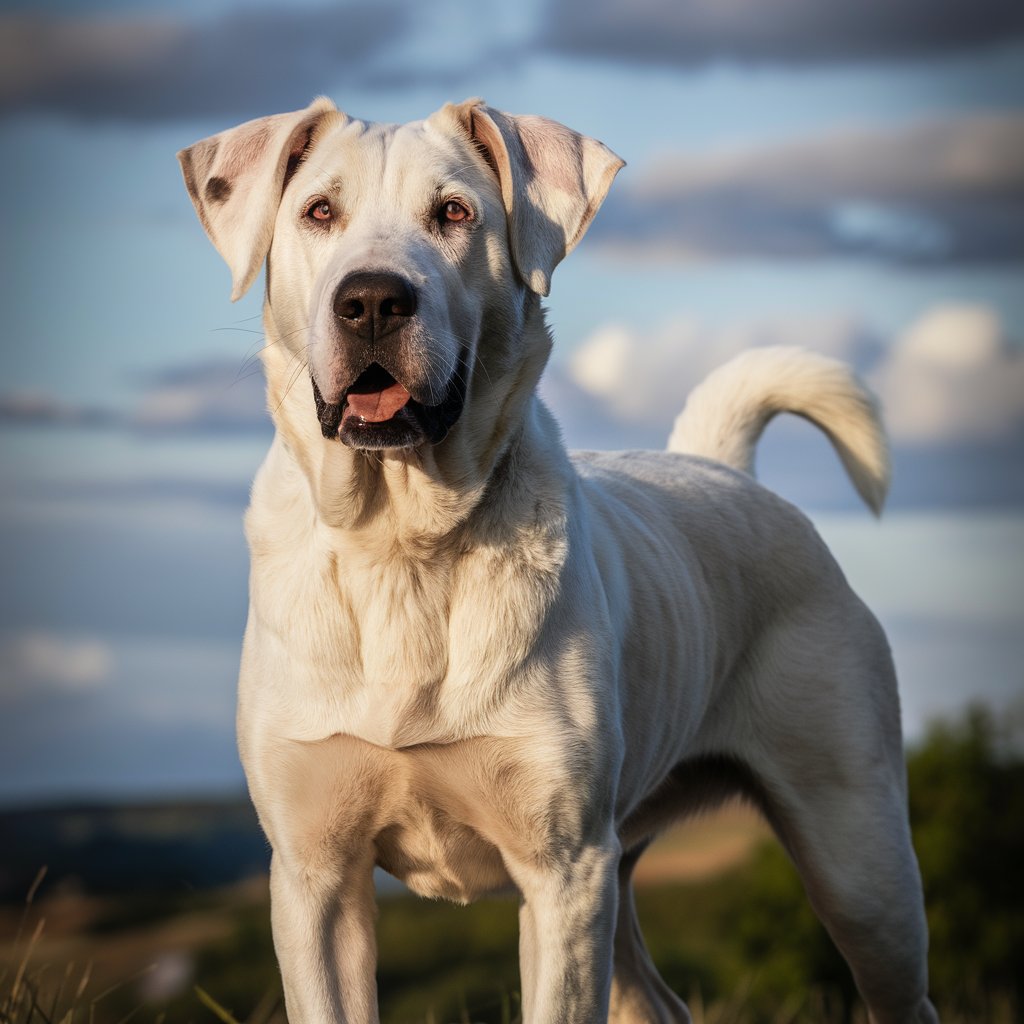
Conclusion
The Komondor is a remarkable breed with a rich history, distinctive appearance, and protective nature. They make loyal and devoted companions, bringing joy and security to their families. Owning a Komondor comes with responsibilities, particularly in terms of grooming and health care, but the rewards are immeasurable.
Whether you are considering adding a Komondor to your household or are simply an admirer of the breed, there is no denying the special place they hold in the hearts of dog lovers worldwide. Their unique corded coats, combined with their loyal and protective personalities, make them truly one-of-a-kind companions.
